How To Use Negative Prompts in Midjourney?
Let's take a look at how you can gain more control over image generation by telling Midjourney what you do *not* want to see.
Want to sponsor Why Try AI and promote your AI tool or service here? Get in touch!
How do you do, fellow flesh bags?
It’s Thursday, and I’m here to sprinkle a little bit of negativity onto your otherwise happy, carefree lives.
More specifically, I want to talk about Midjourney’s “negative prompt” feature and how it can help you create better images.
As a quick aside, I just watched Matt Wolfe’s recent video about AI Tools NO ONE Talks About…
…and realized that I very much talked about at least three of them before:
I talked about TextFX a month ago (link)
I talked about Guidde back in May (link)
I talked about AutoDraw in October 2022 (link)
So I guess someone is talking about those tools, eh Matt?! Unless…I am the “No One” Matt is referring to. *cries profusely*
Jokes aside, go follow Matt, he’s great.
Now, let’s jump into the mysterious world of the Midjourney negative prompt.
💡Want to become a Midjourney power user?
Start with the basics and go beyond in my 80-minute workshop:
Workshop: Midjourney Masterclass
·“This is one of the only webinars where I've actually been glued to my screen for the entire time, not distracted by passing whimsies... it was just so practical for how I use Midjourney (or should be using it, anyway!), and I learned a whack in a short period of time. Thank you so much for putting this on!”
What’s a “negative prompt”?
First things first (it’d be all weird otherwise).
A negative prompt is, well, it’s in the name: While your regular prompt describes what you want to see, the negative prompt tells Midjourney what to avoid.
Web-based apps for models like Stable Diffusion tend to have a separate field to input the negative prompt:
Midjourney works a bit differently.
Two ways to add negative prompts in Midjourney
If you want to erase objects from Midjourney images, you can do two things:
Use the --no parameter
Use negative weights
What in the whatting what now?
I’m glad you asked!
1. The “--no” parameter
This is the simple way to go and is probably enough for most people.
All you do is append “--no” to your prompt, followed by whatever it is you want to remove.
So say I generate a grid of train station images:
train station, watercolor painting
Now let’s pretend—purely hypothetically—that I’m mortally afraid of Mr. Bean popping up in my image, so I want to play it safe and remove all people from it:
train station, watercolor painting --no people
As you can see, Midjourney complies and gives me four images without a single human being.
You can do this for multiple objects by listing them all after the --no parameter:
train station, watercolor painting --no people, clocks, flowers
But there’s another, more nuanced method for adjusting how much of a given object you want to see in an image: The negative prompt weight.
2. Negative prompt weight
Let’s start with an ultra-quick intro to prompt weights in Midjourney.
You can emphasize certain parts of your prompt by giving them a higher weight than others with the “::” syntax.
So if we have a two-part prompt with a desert and a camel in it, here’s what it looks like when both parts are weighed equally:
desert:: camel::
Midjourney treats a description followed by “::” as having a weight of “1.”
But I can give the camel a higher weight of e.g. “2” to effectively tell Midjourney that this object is twice as important:
desert:: camel::2
You can see how Midjourney has emphasized the camel a lot more in this image.
But…watch what happens when I make the camel’s weight negative instead:
desert:: camel::-.2
Poof! The camel’s gone.
That’s the power of the Midjourney negative prompt weight and an alternative way to erase objects out of images.
This method is especially useful if you want to play around with different proportions of items in your images rather than erasing them altogether.
Fun fact: Using the “--no camel” parameter (method 1) is functionally equivalent to using a negative weight of -0.5 (method 2):
Important note: The sum of the prompt weights cannot drop below zero (because you can’t defy gravity, you see). So “thing::1 another thing::-2” is a no-go.Use cases for negative prompting
But why bother with using negative prompts at all?1
Here are a few practical reasons.
1. Avoid the typical AI imperfections
Text-to-image models aren’t flawless. Yet.
There are things they notoriously struggle with. Like text.2
Adding something like “--no text,” “--no words,” “--no writing,” etc. to your Midjourney prompt may help to remove these elements from the resulting image.
2. Control the composition upfront
In some cases, you may want your subjects to have a particular look.
Let’s say you need a portrait photo of a happy boy for your shampoo brand.
You’ll obviously want his hair to be visible, but Midjourney may randomly generate at least some images with hats.
close-up fashion photo of a smiling boy
Adding “--no hat” to your prompt ensures that his hair is always visible:
close-up fashion photo of a smiling boy --no hat
This means you’ll waste less time re-rolling your prompt to get the image you need.
3. Adjust the look and style
Did you know that negative prompts also work for the overall aesthetic in addition to specific objects in an image?
You do now!
Take this image of a sunset over a city:
sunset over a city
Looks cool enough, but maybe you don’t like the reddish tint.
No problem, simply add “--no red” to your prompt:
sunset over a city --no red
This also applies to the style and art medium of an image.
Ask Midjourney to draw a ninja…
illustration of a ninja
…and you’ll get ukiyo-e-inspired images because Midjourney naturally associates ninjas with Japan.
But you can prompt “ukiyo-e” influences out of the image if you’re going for a different look.
illustration of a ninja --no ukiyo-e
As you can see, negative prompts are a powerful tool for finessing your Midjourney images.
Negative prompts: Tips & tricks
Here are a few best practices for working with negative prompts in Midjourney.
1. Try positive prompting first
In many cases, positive prompting is the better option.
It’s easier for Midjourney to understand what you want than to figure out what to remove.
That’s why it’s better to first try describing exactly what you’re looking for.
Some examples using our prompts above:
Instead of sunset over a city --no red, try yellow sunset over a city.
Instead of close-up fashion photo of a smiling boy --no hat, try close-up fashion photo of a smiling boy with curly hair
Instead of illustration of a ninja --no ukiyo-e, try Pixar illustration of a ninja
But if Midjourney just keeps coming up with a certain look that you don’t want, move on to the next step.
2. Start with a single modifier
Always start simple.
This follows the same logic as the advice in my “splatterprompting” article.
First, if you add too many negative parameters to your prompt, you’ll have a hard time understanding which one of them actually did the trick.
Second, a long string of no-no words forces Midjourney to pick from a more limited range of options, which may result in a crappy image overall.
So identify the most important element you want gone and describe it with a single term to begin with.
3. Gradually add synonyms and specifics
Let’s revisit our shampoo model example.
Maybe you find that after adding the “--no hat” parameter, the boy still ends up wearing caps or headbands in many of the photos.
In that case, you may want to expand your negative prompt to “--no hat, cap, headband.”
Alternatively, you can try a catch-all term like “-- no headgear.”
The point is to incrementally tweak your negative prompt through trial and error.
Similarly, if you’re using the “negative prompt weight” method, start with a lower negative weight of e.g. ::-.2 and slowly increase it to ::-.9 if that doesn’t work.4. Avoid conflicting instructions
Finally, make sure your negative prompt isn’t in direct conflict with your main description. Poor old Midjourney will go insane trying to figure out what you want.
Some examples of what I mean:
“dog in a park --no animals” (dogs are animals, last I checked)
“futuristic city --no buildings” (hard to have a city without buildings)
“evil incarnate --no Mr. Bean” (self-explanatory)
5. Know when to let go
The negative prompt is not a silver bullet.
Despite adding lots of negative descriptors, you may still find Midjourney including these elements in the final image.
That’s just how it goes. Text-to-image models are a work in progress, so you won’t always have the level of control you’d like.
Be okay with having to drop the negative prompt approach and explore a different way of visualizing your ideas.
Want to become a Midjourney power user? Start with the basics and go beyond in my 80-minute workshop.
Over to you…
That’s a wrap, friends.
Have you already tried using negative prompts in Midjourney? Do you find them useful or do you prefer the “positive prompt” approach? Have I overlooked any obvious tips or features?
If you have anything to share, I’d love to hear from you!
Send me an email at whytryai@substack.com or leave a comment directly on the site.
Thanks for reading!
If you enjoy my writing, here’s how you can help:
❤️Like this post if it resonates with you.
🔗Share it to help others discover this newsletter.
🗩 Comment below—I read and respond to all of them.
Why Try AI is a passion project, and I’m grateful to everyone who helps keep it going. If you’d like to support my work and unlock cool perks, consider a paid subscription:
Other than the obvious desire to banish Mr. Bean’s horrifying presence from all online imagery.

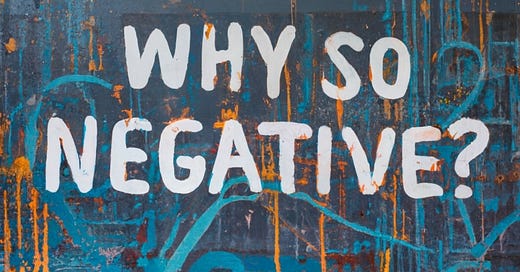


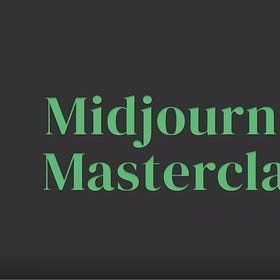
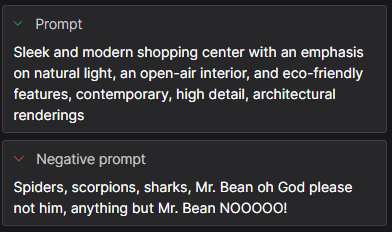
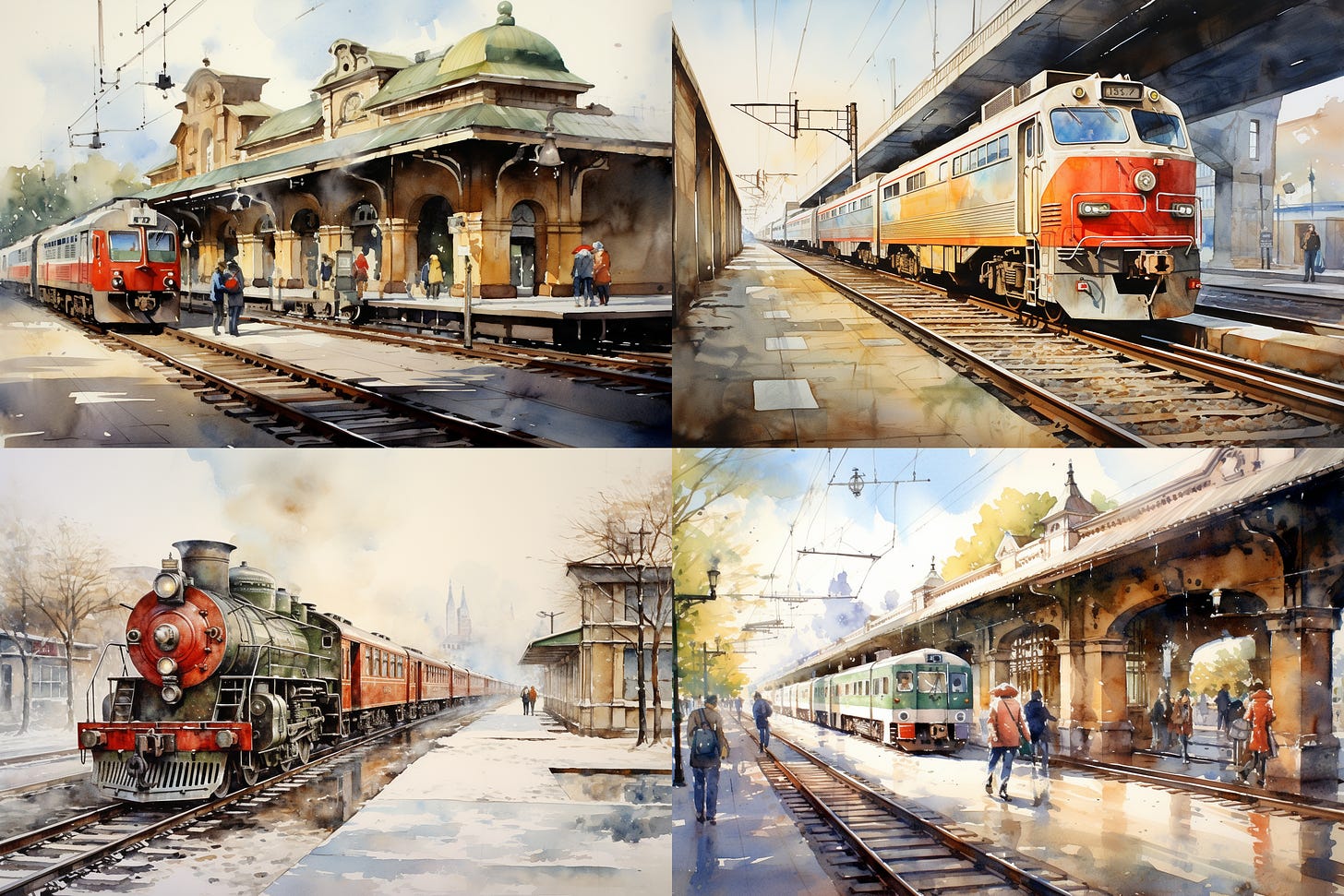
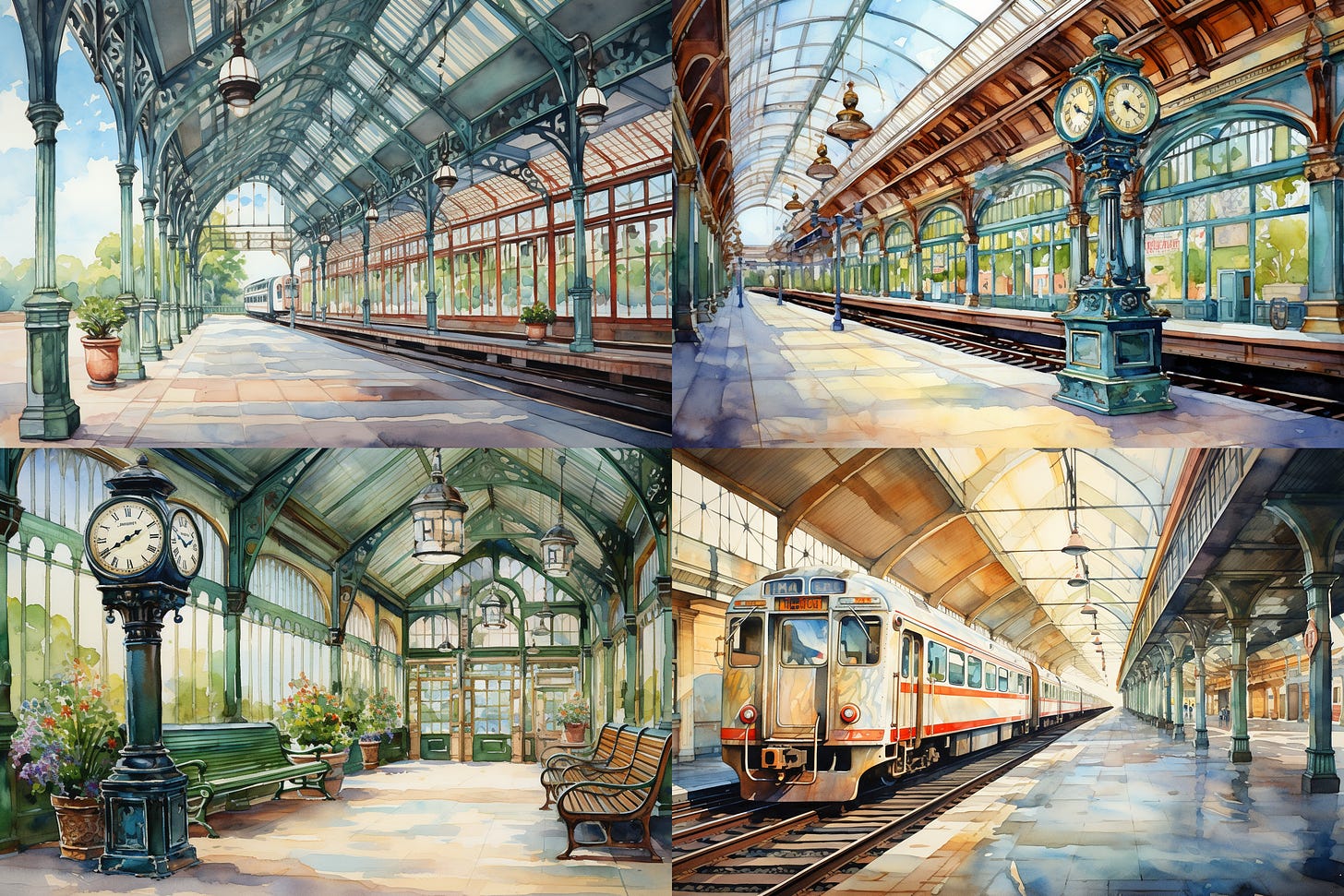
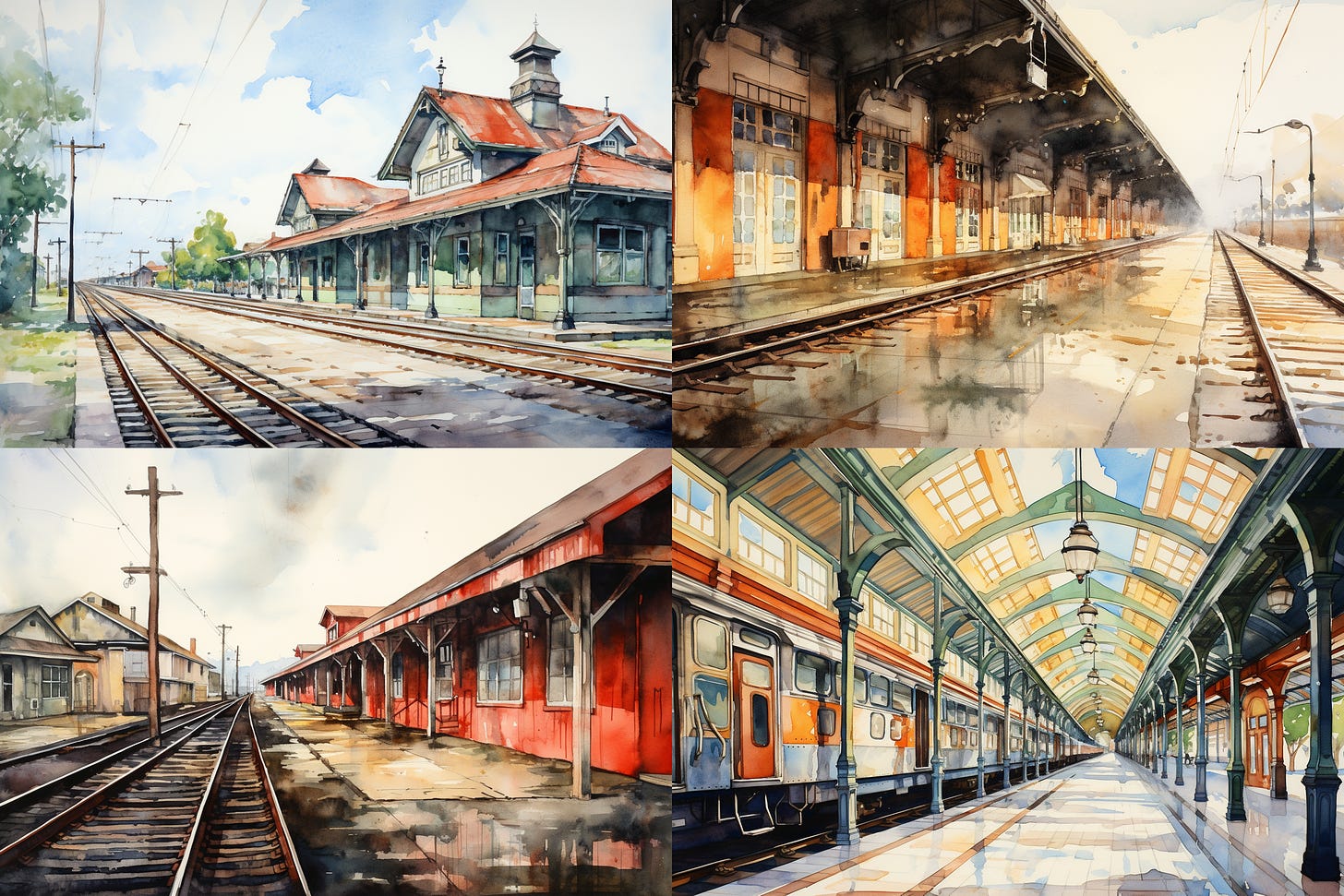
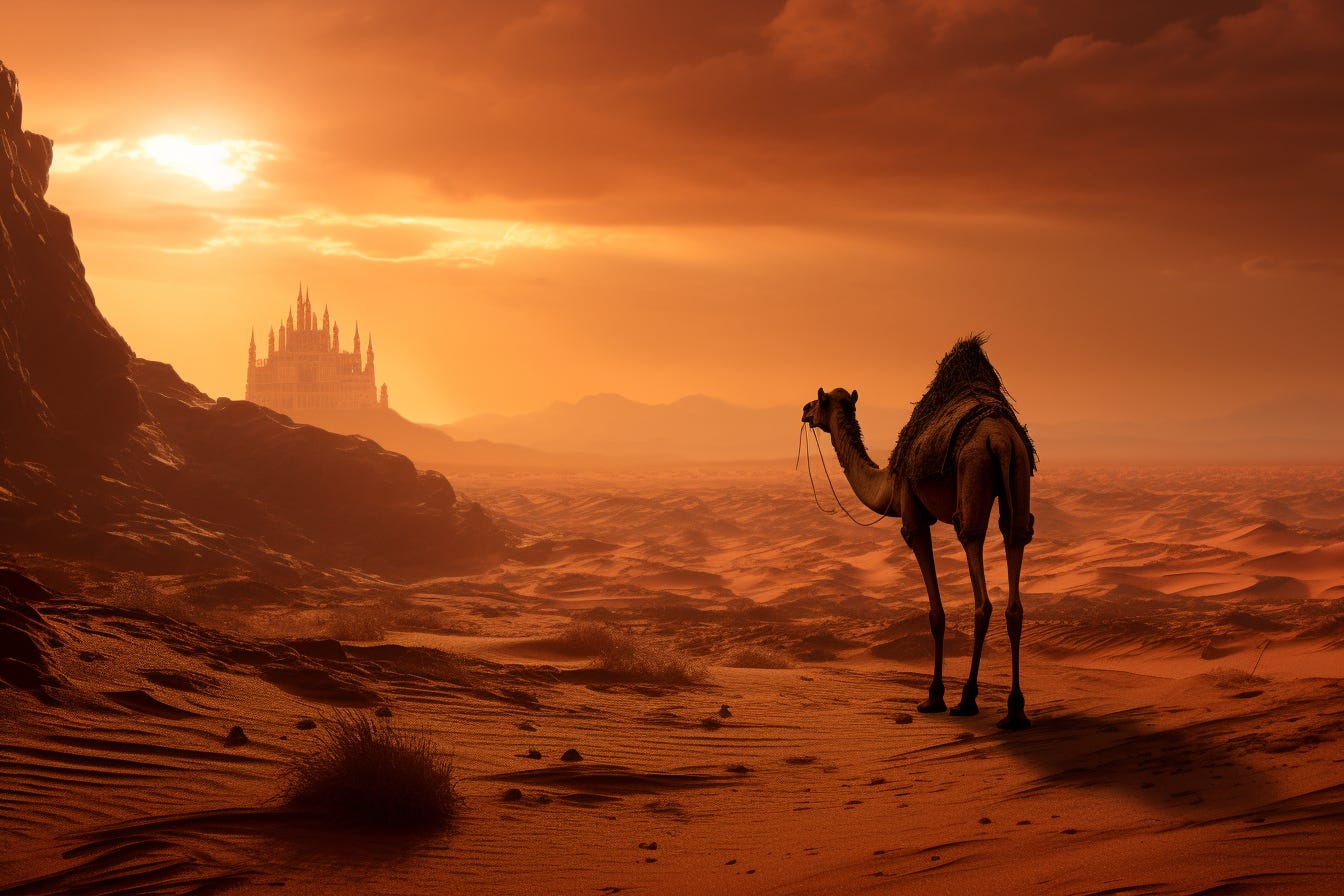
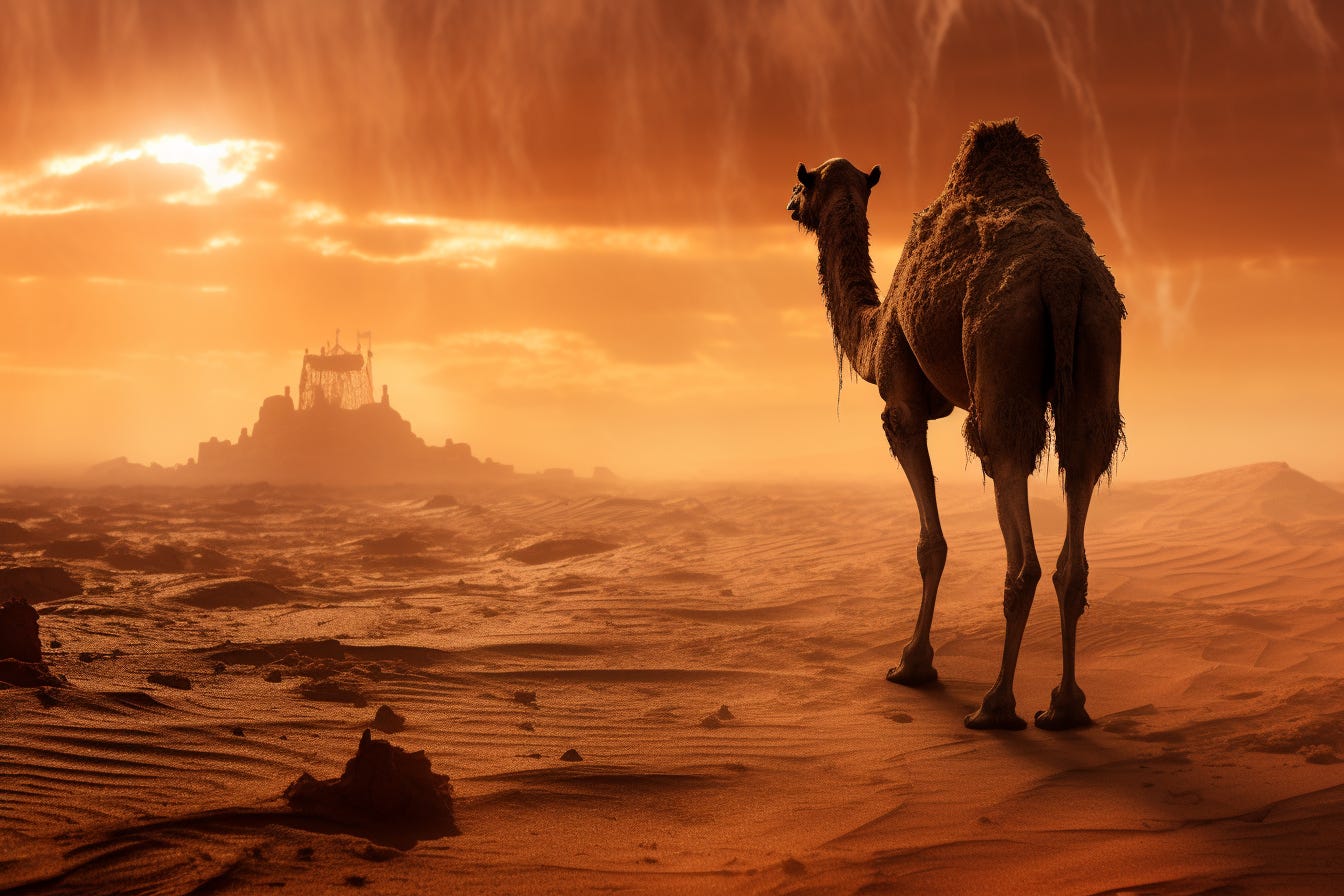
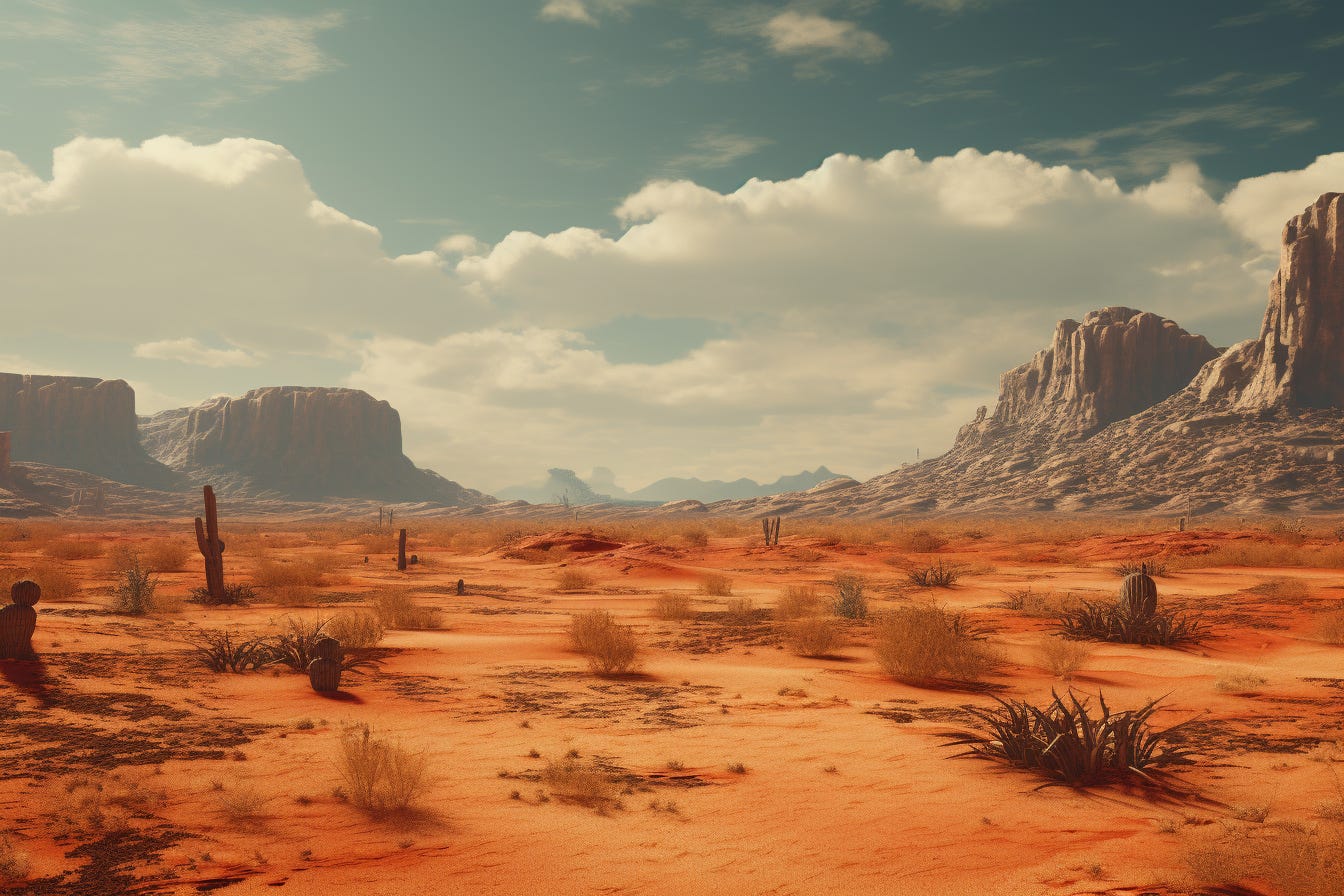
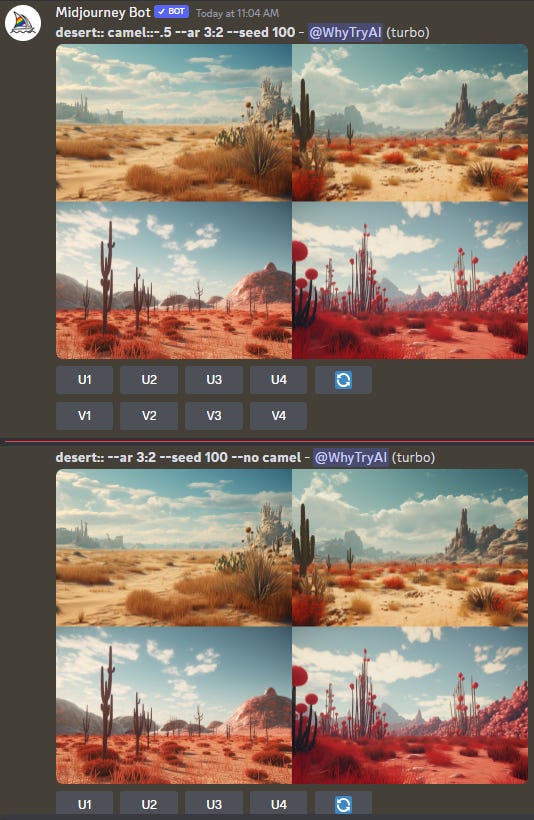
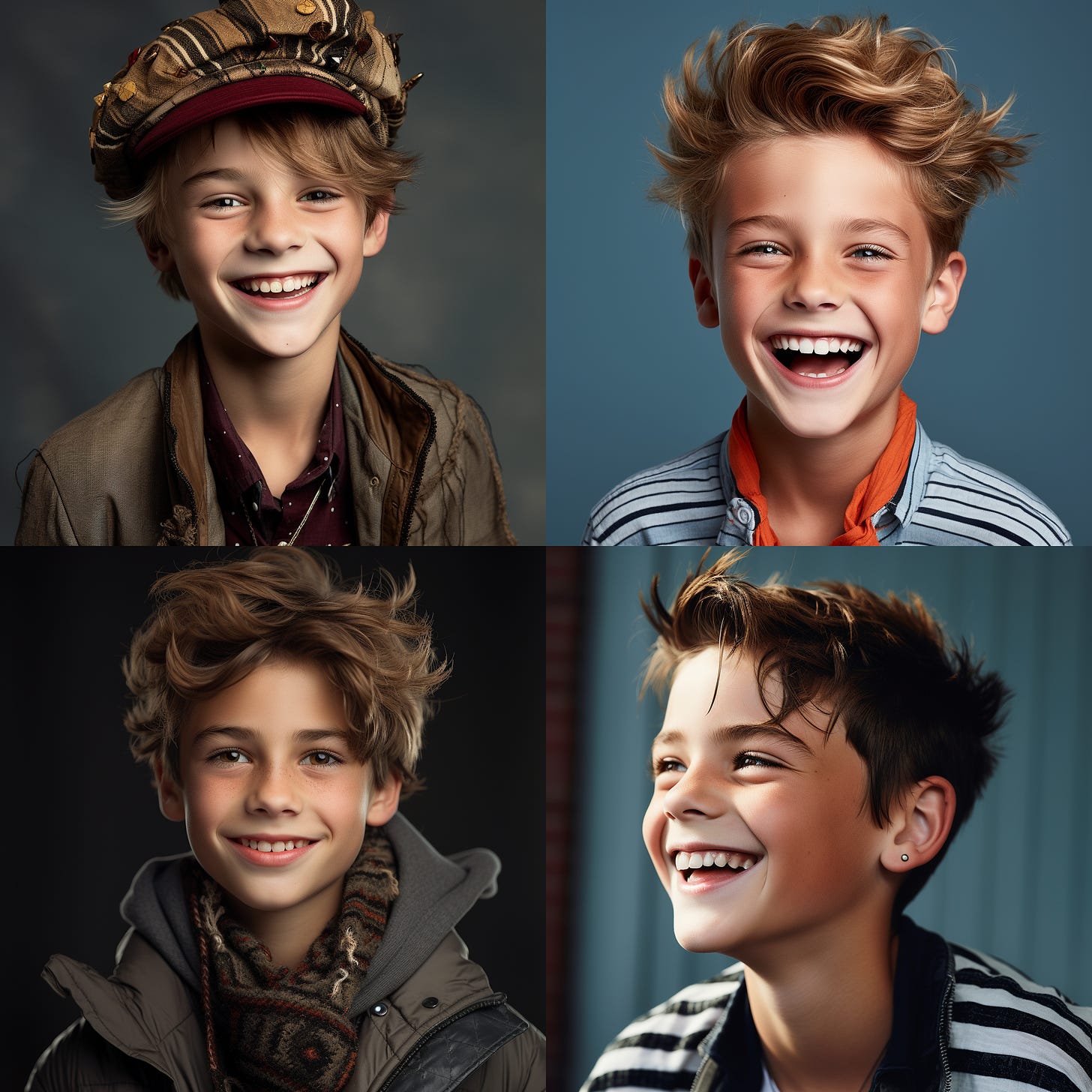
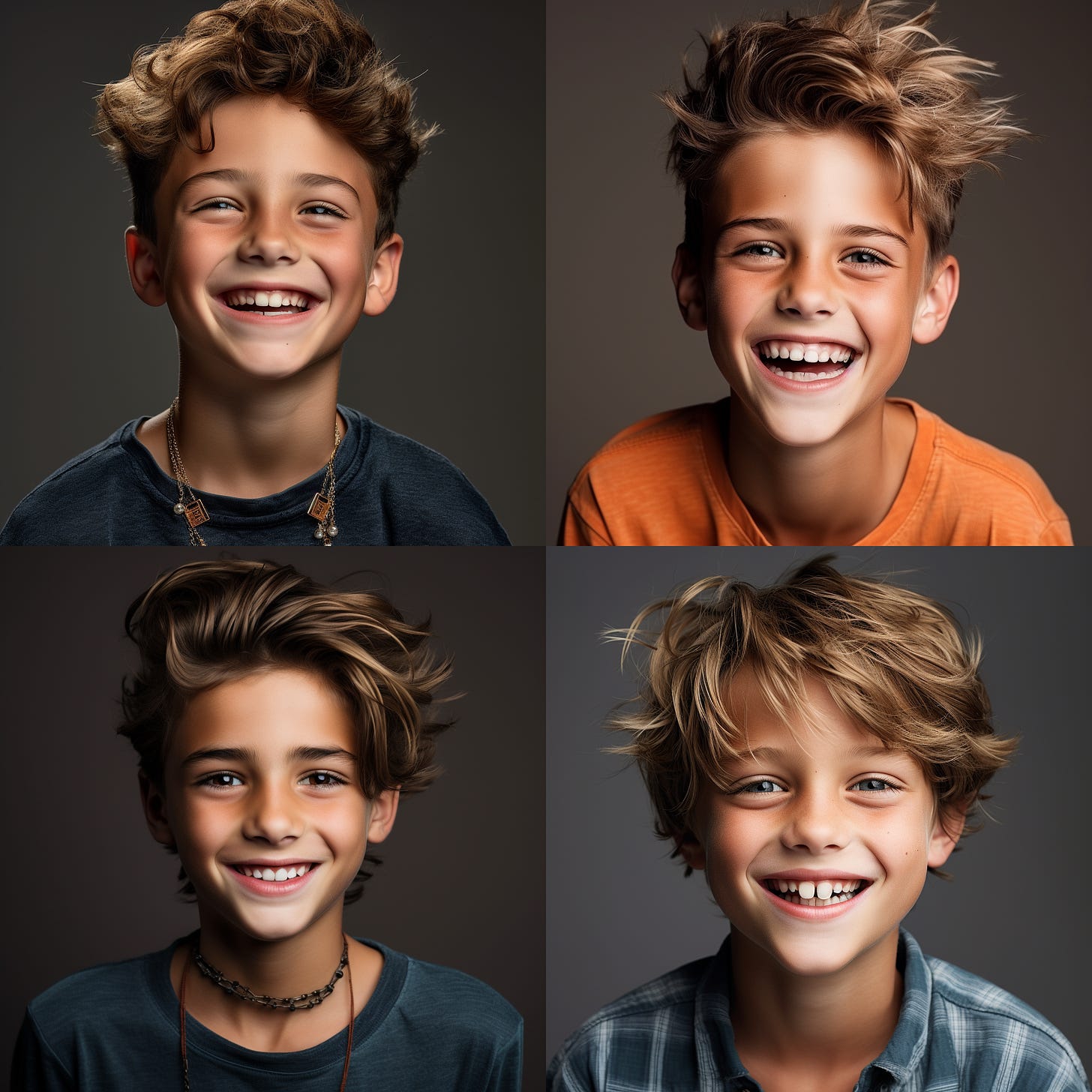
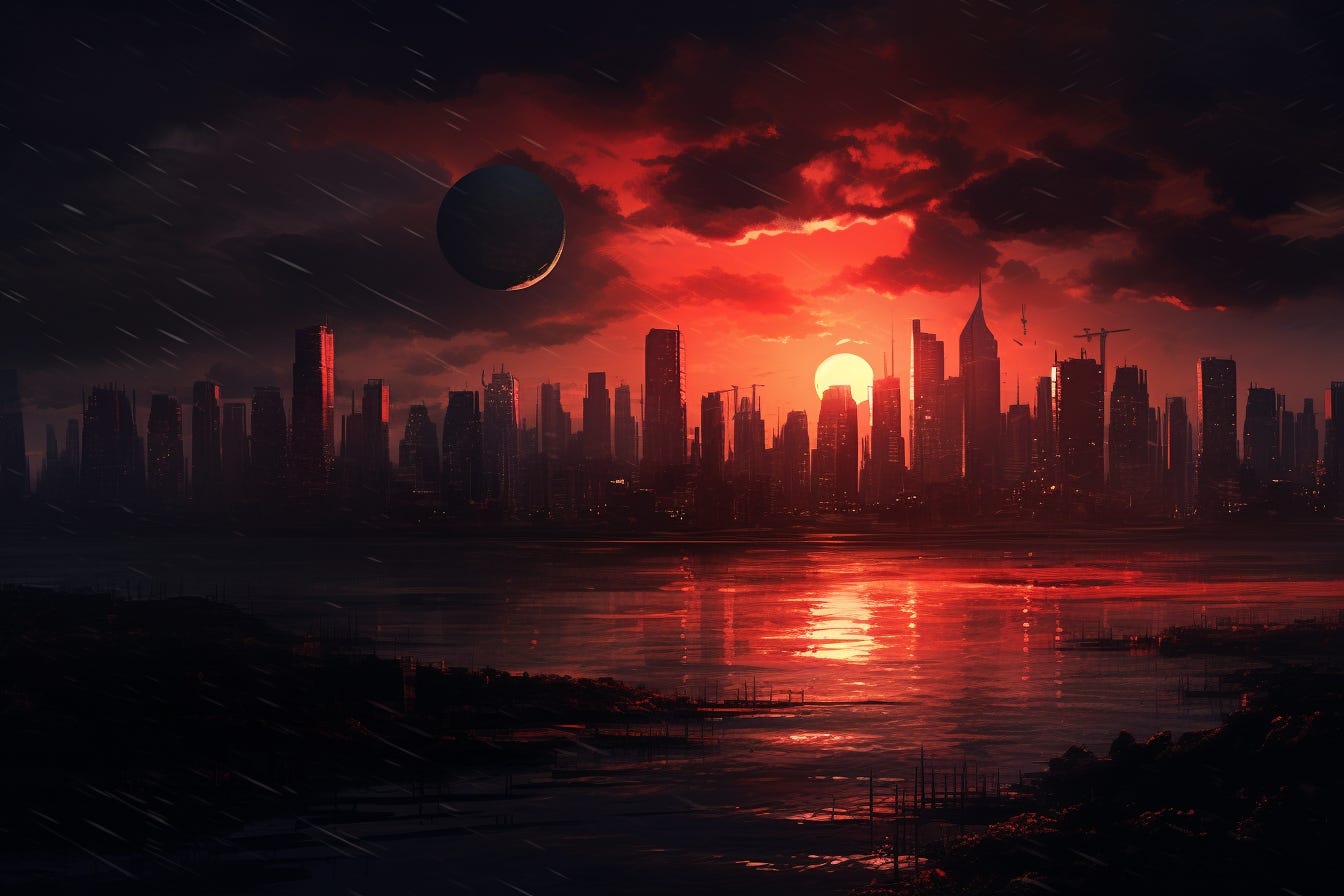
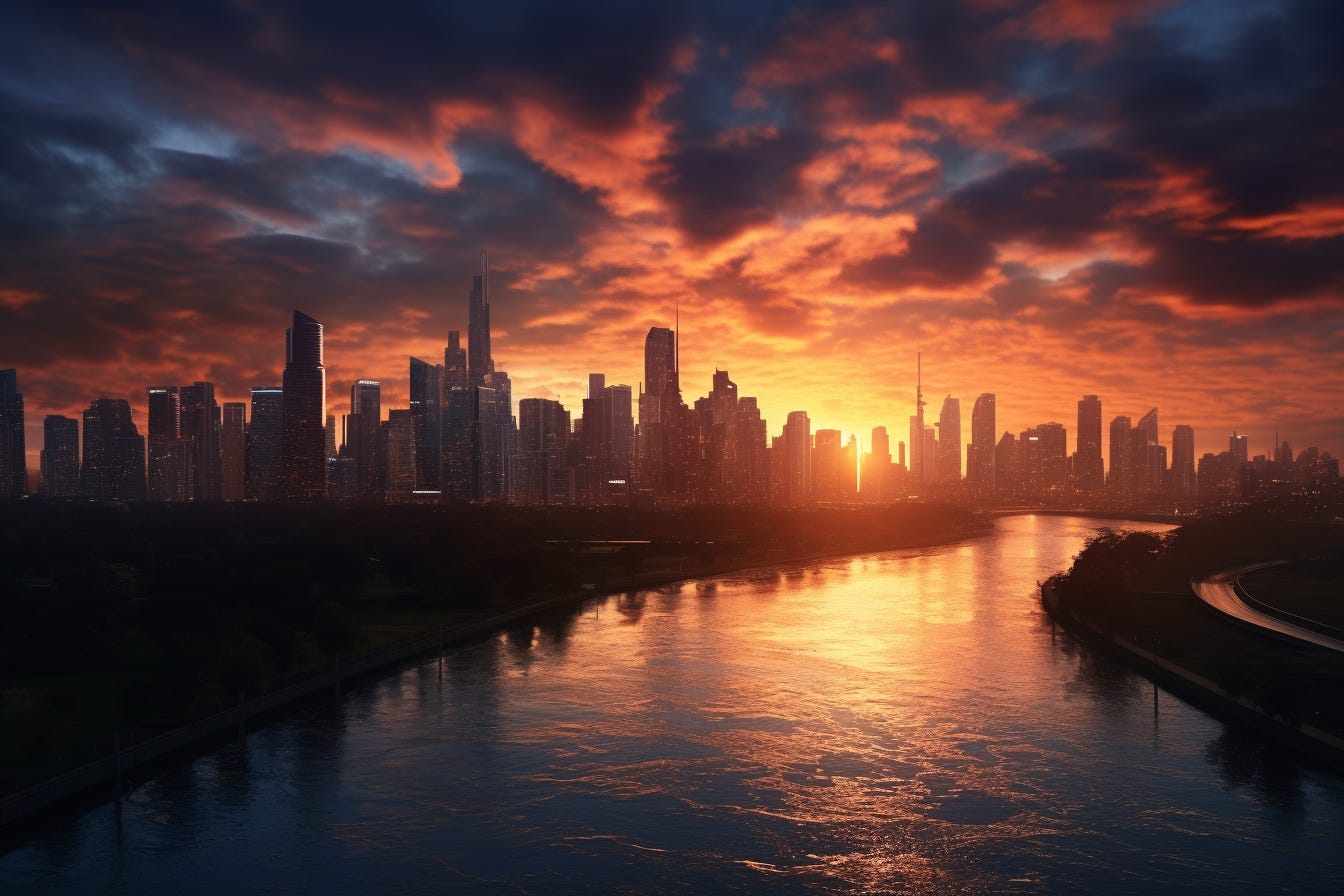
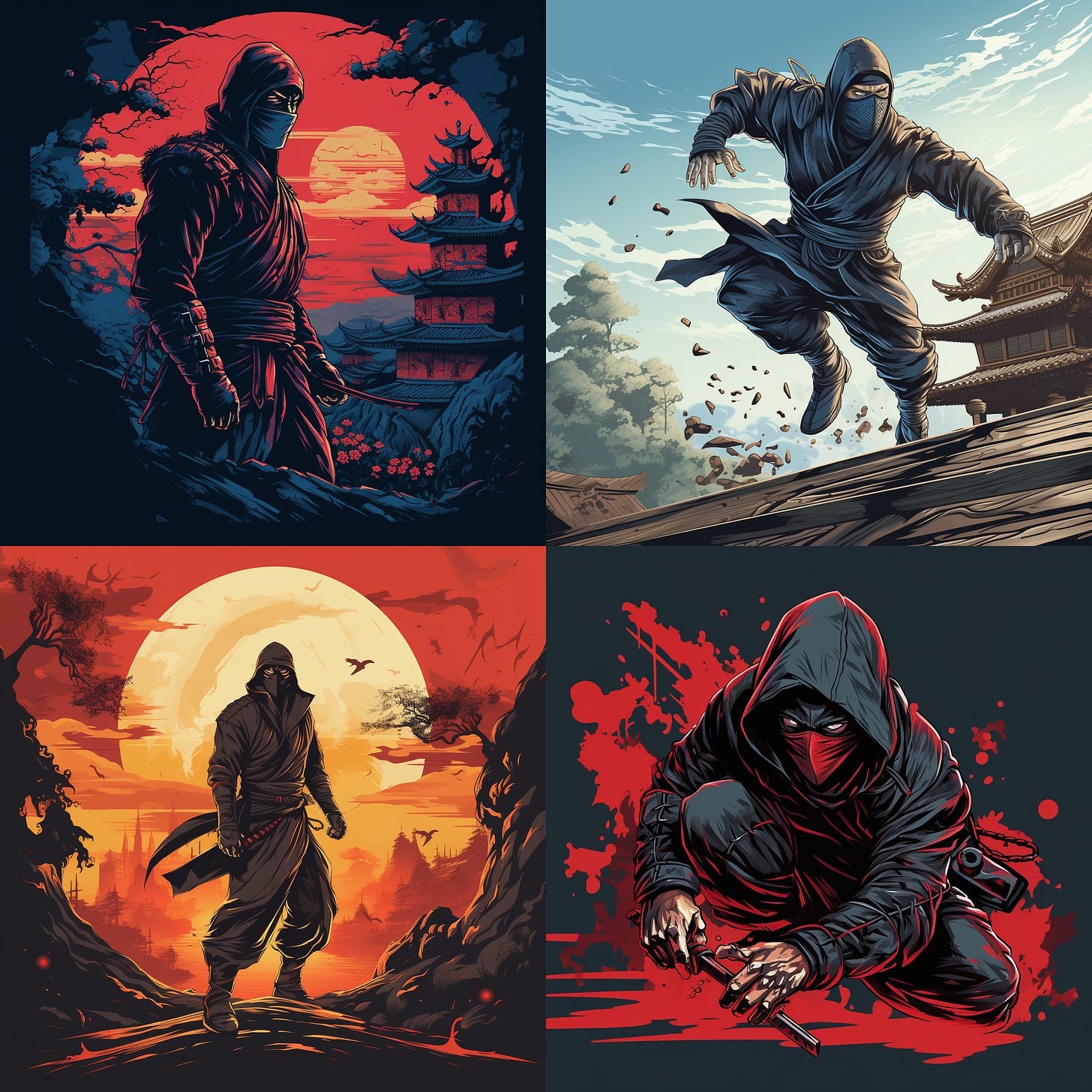
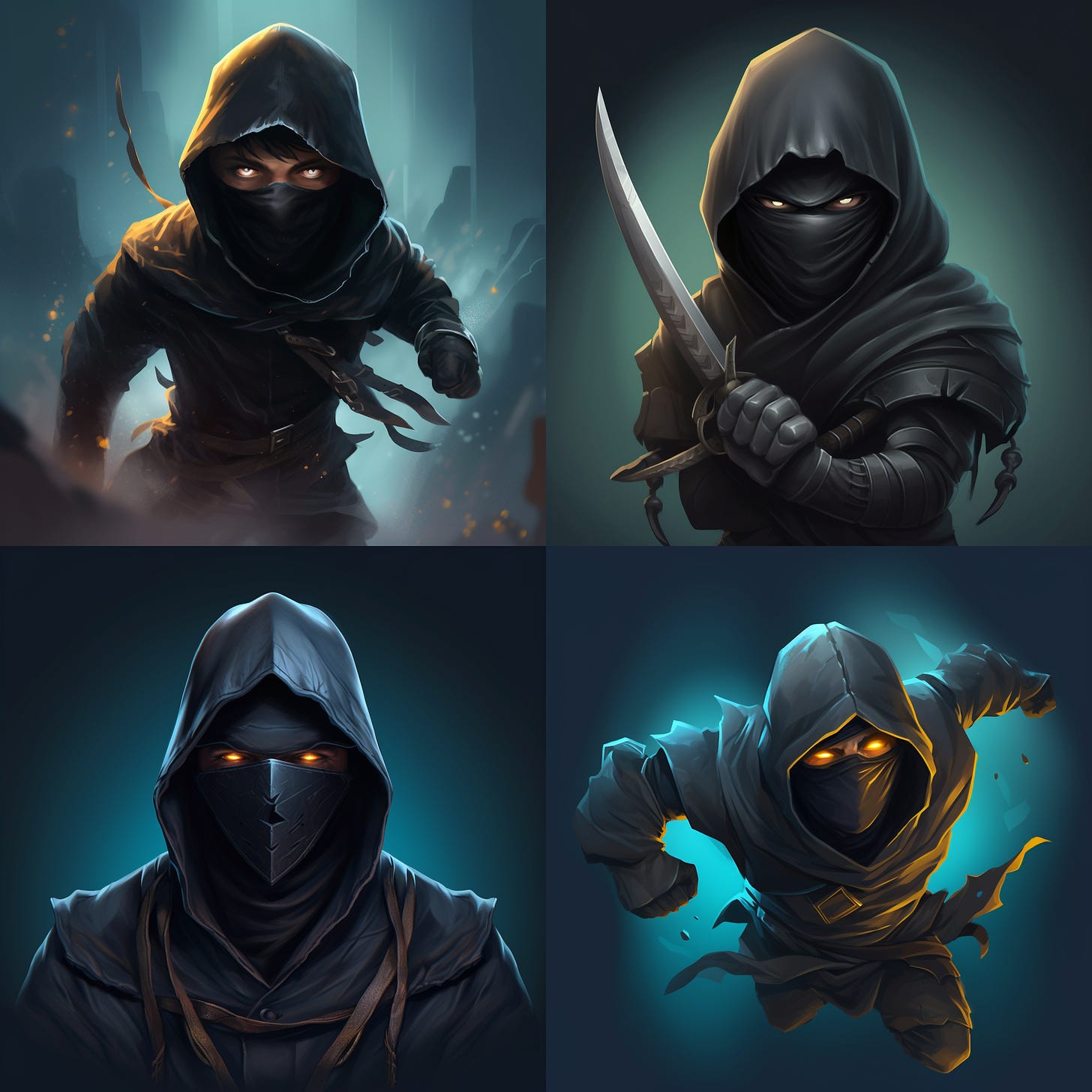
Negative prompts are a really interesting as someone who uses LLMs much more than diffusion models. With ChatGPT, for example, you don't really get the concept of a "negative prompt." Saying "avoid X" can sometimes get you what you want, but it can also easily backfire since you've now included the word "X" in the prompt and the AI is more likely to drift in that direction.